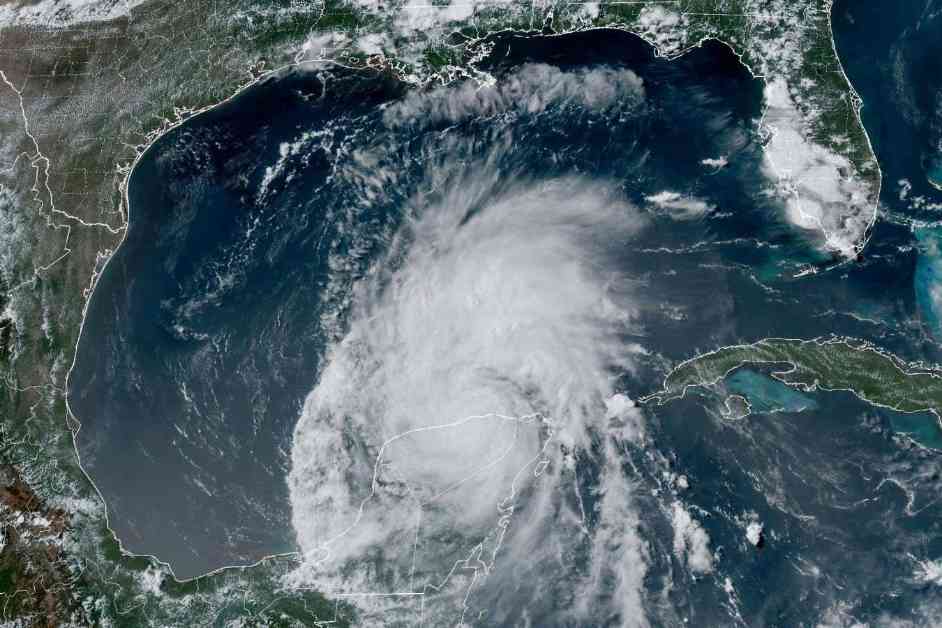In recent years, scientists have made significant progress in forecasting the intensity of hurricanes, especially those that rapidly intensify. However, despite these advancements, there is still a risk of big misses in predicting the impact of these storms. This is particularly true as climate change continues to fuel the development of more intense storms.
One recent example of this challenge is Hurricane Beryl, which rapidly intensified from a tropical cyclone to a major hurricane in less than a day before hitting islands in Grenada. This storm, the strongest on record for such an early point in the season, resulted in several fatalities and widespread damage on the affected islands. In the aftermath, Beryl continued to impact various regions in the Caribbean, Latin America, and the US Gulf Coast, leaving over 300,000 homes and businesses without power during a heatwave.
While advancements in technology and scientific understanding have improved our ability to forecast these storms, there are still limitations to our accuracy. Climate change is a significant factor contributing to the increased intensity of hurricanes, making it challenging for forecasters to predict the exact path and impact of these storms. As a result, there is always a level of uncertainty when it comes to preparing for and responding to hurricanes.
It is essential for communities in hurricane-prone regions to stay informed and prepared, even in the face of improved forecasting techniques. Being proactive in emergency planning, evacuation procedures, and infrastructure resilience can help mitigate the impact of these powerful storms. Additionally, continued research and investment in climate science are crucial to better understanding the complex factors influencing hurricane behavior and improving our forecasting capabilities.
As we continue to grapple with the effects of climate change on extreme weather events, it is clear that accurate forecasting of hurricanes remains a critical challenge. While progress has been made, there is still work to be done to ensure the safety and resilience of communities vulnerable to these devastating natural disasters. By staying vigilant, informed, and proactive, we can better prepare for the unpredictable nature of hurricanes and reduce the risks associated with these powerful storms.






